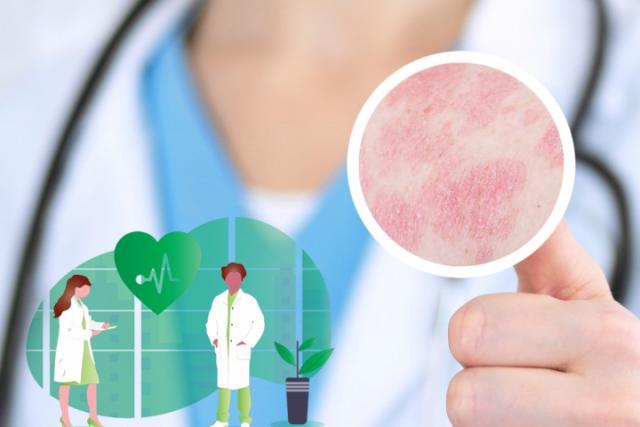寻常型银屑病英语

Psoriasis vulgaris

Psoriasis vulgaris, commonly known as plaque psoriasis, is the most common form of psoriasis. It is a chronic autoimmune disease that affects the skin and sometimes the joints. The hallmark symptom of psoriasis vulgaris is the appearance of red, scaly patches on the skin. These patches are often accompanied by itching, burning, and pain.
Currently, there is no known cure for psoriasis vulgaris, but there are many effective treatments available. These treatments can help to manage the symptoms of the disease and improve the quality of life of those who suffer from it.
The first line of treatment for psoriasis vulgaris usually involves topical treatments. These include creams and ointments that contain corticosteroids, vitamin D analogues, and retinoids. These medications work by reducing inflammation and slowing the growth of skin cells, which can help to reduce the thick, scaly patches that are characteristic of psoriasis vulgaris.
If topical treatments are not effective, other options include phototherapy, systemic medications, and biologic agents. Phototherapy involves exposing the affected skin to ultraviolet light, which can help to slow the growth of skin cells and reduce inflammation. Systemic medications, such as methotrexate and cyclosporine, work by suppressing the immune system and reducing inflammation throughout the body. Biologic agents, such as etanercept and infliximab, target specific molecules in the immune system that are involved in the development of psoriasis vulgaris.
Overall, the treatment of psoriasis vulgaris is highly individualized, and the choice of treatment depends on factors such as the severity of the disease, the patient's overall health, and the patient's preferences and lifestyle. A combination of different treatments may be necessary to effectively manage psoriasis vulgaris. With proper treatment, however, most patients with psoriasis vulgaris are able to achieve significant improvement in their symptoms and maintain a good quality of life.










